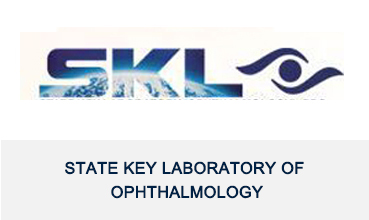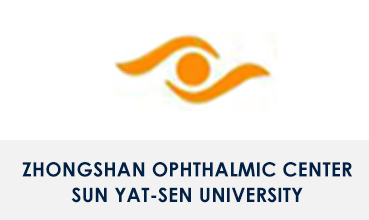Angiogenesis/vascular biology
VEGF-B was identified as a VEGF-A homolog. The sequence homology of VEGF-B to VEGF-A is about 47% and 37% identical to that of PlGF. It consists of two different isoforms, VEGF-B167 and VEGF-B186, based on the heparin-binding domain. VEGF-B is abundantly expressed in most organs and tissues and secreted as a homodimer. VEGF-B binds to VEGFR-1 and neuropilin-1, which is similar to VEGF-A but the angiogenic activities of VEGF-B have been controversial. Vegf-b deficient mice are normal during their developmental stages unlike the case that Vegf-a or Vegf-c knockout mice have embryonic lethality (Li X. et al., Trends Mol Med., 2012; Li X., Cell Res, 2010; Li X. et al., Cell Adh Migr., 2009).
We have reported that VEGF-B inhibited the gene expression of apoptosis- and cell death-related proteins, including p53 and members of the caspase family, via activation of VEGFR-1. Additionally, VEGF-B treatment rescued neurons from apoptosis in the retina and brain in mouse models of ocular neurodegenerative disorders and stroke, respectively (Li Y. et al., J Clin Invest., 2008). Gain-of-functions and loss-of-function studies using animal models of VEGF-B showed that VEGF-B seemed to have relatively restricted angiogenic activity in the mouse ischemic heart (Li X. et al., Arterioscler Thromb Vasc Biol., 2008). Furthermore, we have also suggested that VEGF-B is critical for blood vessel survival, although it is dispensable for its growth (Zhang F. et al., Proc Natl Acad Sci USA., 2009).
Our aim is a better understanding of how VEGF-B is regulated in the molecular pathways driven to pathological disorders. We are also trying to explore the potential therapeutic advantages of VEGF-B in treating vascular and neuronal diseases.





